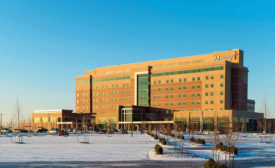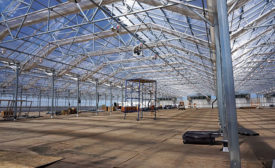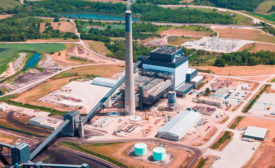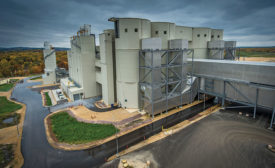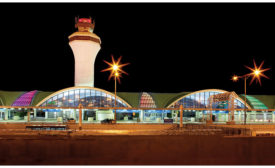Midwest Construction Projects
Project of the Year and Best Project Residential/Hospitality: OneEleven
Creative thinking, engineering and teamwork breathed new life into a stillborn skyscraper that fell victim to the financial downturn
Read More
The latest news and information
#1 Source for Construction News, Data, Rankings, Analysis, and Commentary
JOIN ENR UNLIMITEDCopyright ©2024. All Rights Reserved BNP Media.
Design, CMS, Hosting & Web Development :: ePublishing

